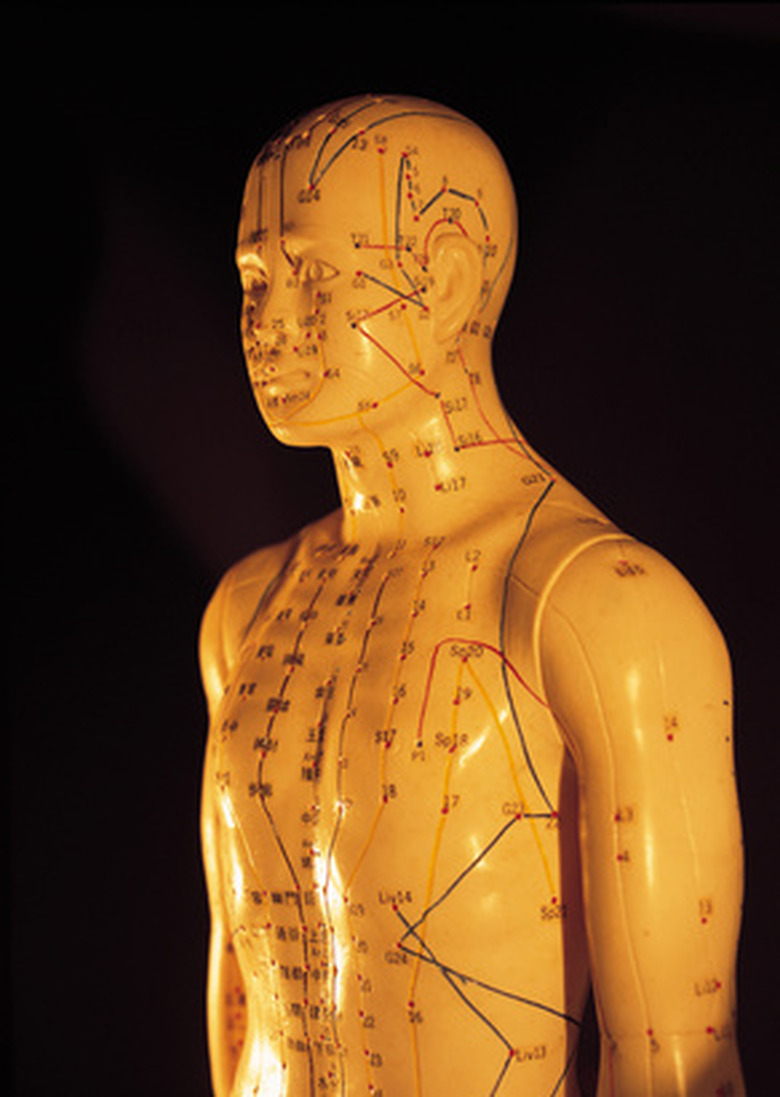Lymphatic System Science Activities
Think of your body's lymphatic system as a type of garbage disposal.
It works with the circulatory system to drain away fluid so that it does not accumulate and cause swelling in our bodies. This fluid contains many different waste products, including fats and proteins.
There are many hands-on lymphatic system games, activities and quizzes you can do to explore further or demonstrate an understanding of this body system.
The Lymphatic System and the Immune System
The Lymphatic System and the Immune System
The lymphatic system and immune system are closely linked. Lymphatic tissues contain lymphocytes and macrophages, which help to remove bacteria and pathogens from the body.
Lymph nodes have the added job of creating antibodies to help the body protect itself from future infection and filter lymph before it enters the intestine. When the body is fighting an infection, lymph nodes may become swollen and tender.
Where Is the Lymphatic System Located?
Where Is the Lymphatic System Located?
The lymphatic system is throughout the human body. Lymphatic nodules are formed from bundles of lymphatic cells and can be found in the intestines, respiratory and reproductive systems and urinary tract. Tonsils are a commonly known lymphatic nodule.
Lymph nodes are found in clusters on either side of the neck, collar bone, armpits and groin. Lymphatic vessels run alongside arteries and veins connecting lymph nodes throughout the body.
Lymphatic System Labeling Exercises for Lymph Nodes and Lymphatic Vessels
Lymphatic System Labeling Exercises for Lymph Nodes and Lymphatic Vessels
Take an interactive learning approach with lymphatic system labeling exercises. First, create a life-sized drawing of the lymphatic system. Start by getting a large piece of bulletin board paper or butcher paper in any light color. Lie down on the paper and have a partner trace your body's outline in pencil.
Use a dark-colored marker, crayon or paint to draw in and label the lymph nodes and lymphatic vessels located all over the body. Note how lymph nodes vary in size.
For a more detailed exercise include a drawing of the heart and indicate which direction the lymphatic fluid is moving in.
Learning About Lymph Fluid in Capillaries
Learning About Lymph Fluid in Capillaries
Buy some plastic tubing at any local home improvement store or pet store (in the aquarium section).
Make sure it has enough room to put small objects and water into it, as well as put two caps on each end so that the liquid does not flow out. The objects you will put into the tubing will represent items in the lymph fluid such as fat, protein and other cellular waste.
Choose any household items you have laying around, such as coins or washers and be sure to explain or label what these items represent. Show how skeletal muscles keep the lymph fluid flowing, just as the heart keeps blood flowing, by using your hands to create movement in the plastic tubing.
After doing this, open one end of the tubing to demonstrate how the lymphatic system acts as a drainage system in the body to prevent swelling and accumulation in the tissues.
Understanding Swelling Prevention
Understanding Swelling Prevention
For this lymphatic system activity, use a plastic glove and poke small holes in each of the fingertips.
Fill it up with water slowly and explain to your audience that this is similar to how our bodies use the lymphatic system to move fluids throughout our body, so they do not accumulate in our tissues. Take another plastic glove that does not have any holes poked in the fingertips. Fill it up with water slowly and let it slowly get enlarged.
Explain that this is what would happen if we did not have a system in place for drainage of the lymph fluid in our bodies.
Anatomy and Physiology Lymphatic System Quiz
Anatomy and Physiology Lymphatic System Quiz
Create flashcards with images of sections of the human anatomy and physiology such as the heart, lungs, legs, arms, head, etc.
As you flick through your flashcards name and identify where the lymph nodes and lymphatic vessels are located. Work on this lymphatic system labeling quiz with a study buddy to help each other learn.
Cite This Article
MLA
Tolkacevic, Tina. "Lymphatic System Science Activities" sciencing.com, https://www.sciencing.com/lymphatic-system-science-activities-6789430/. 11 June 2019.
APA
Tolkacevic, Tina. (2019, June 11). Lymphatic System Science Activities. sciencing.com. Retrieved from https://www.sciencing.com/lymphatic-system-science-activities-6789430/
Chicago
Tolkacevic, Tina. Lymphatic System Science Activities last modified August 30, 2022. https://www.sciencing.com/lymphatic-system-science-activities-6789430/
